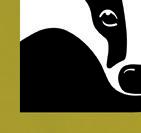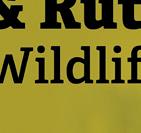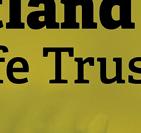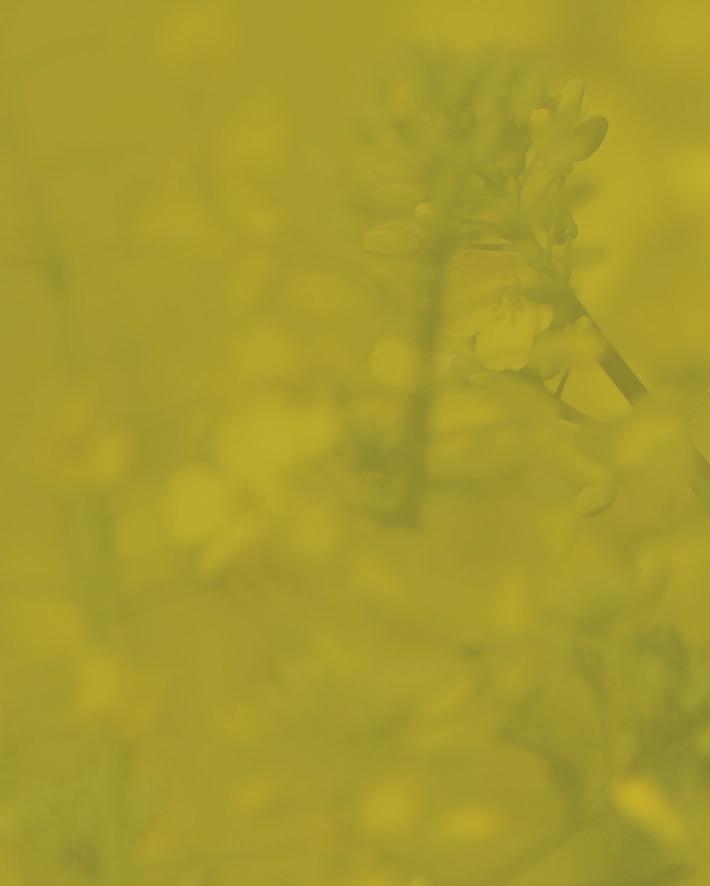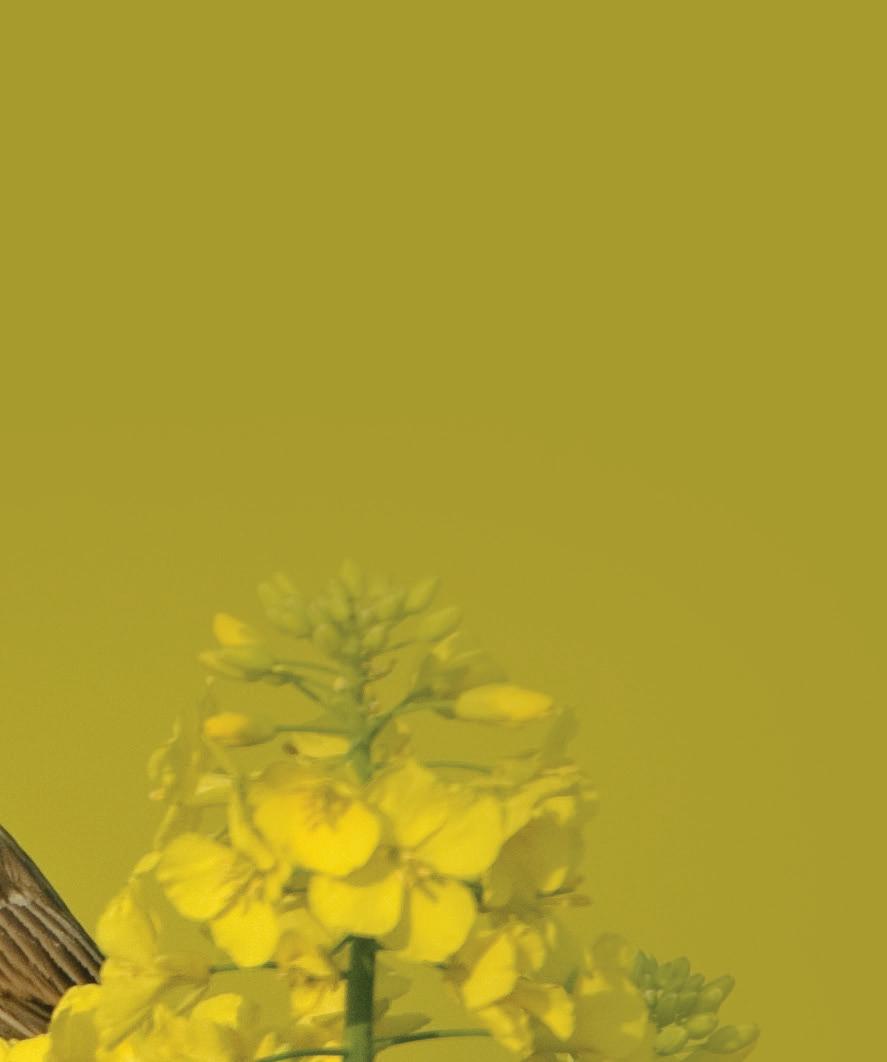







Annual Review 2023-24











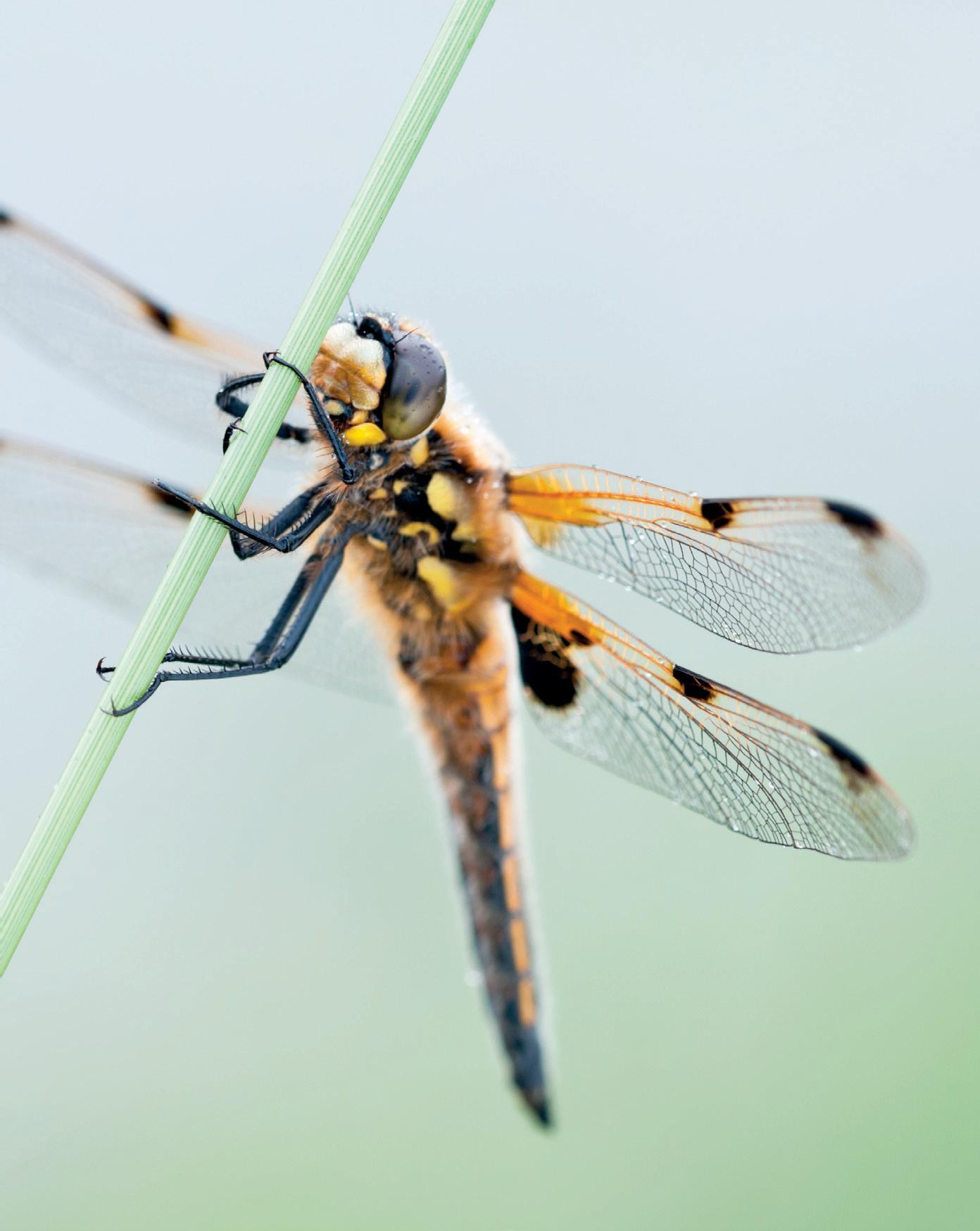
We have achieved so much with your support in 2023-24. Here are some of the highlights.


1,472 sand martin chicks ringed and

19,063 members, an increase of 663 over the prior year
£150,000 raised through the Wild About Our Reserves appeal
409 adults caught and checked, 45%up on the previous year
116k social media followers
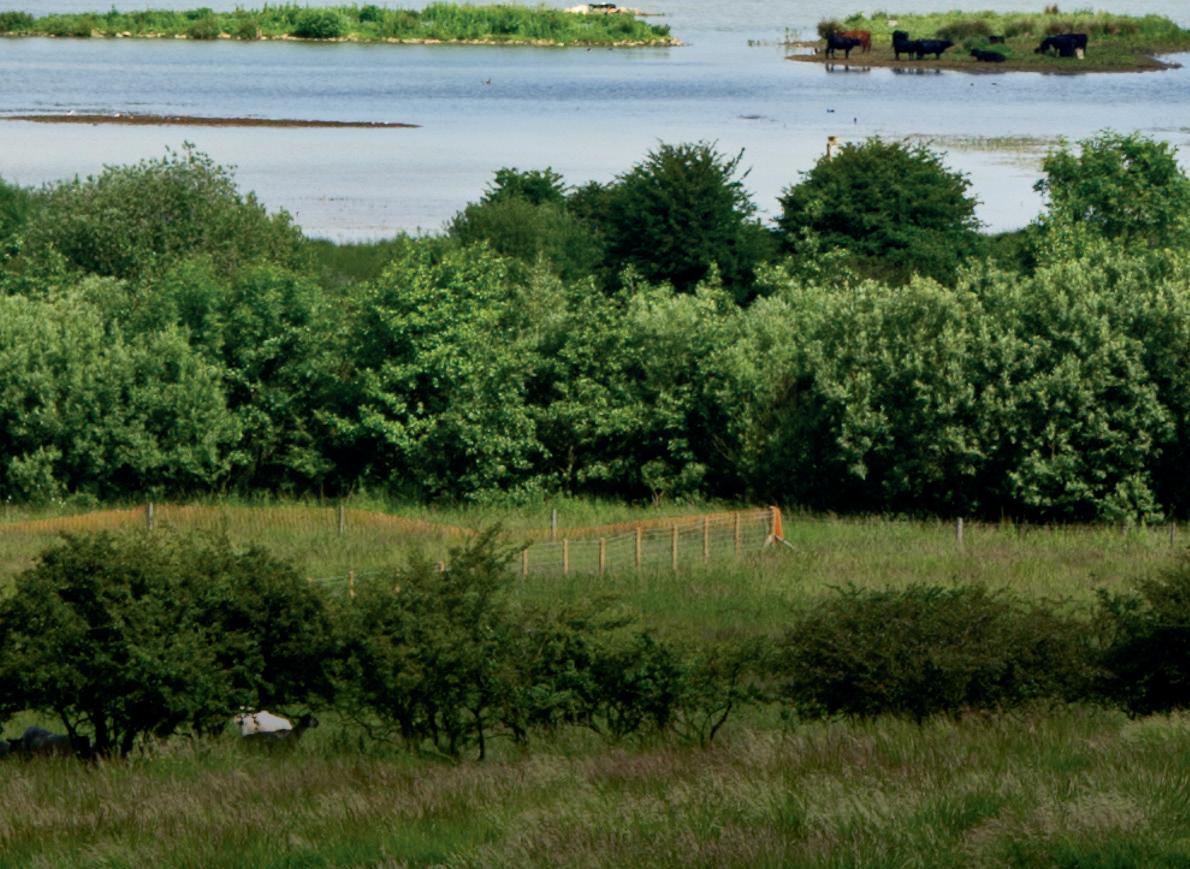
£75,384 received in gifts in Wills and in memoriam donations
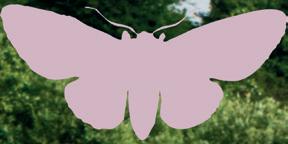

400+ moth species identified in moth-trapping surveys
6 Living Landscapes

Catch up with previous Annual Reviews at: lrwt.org.uk/howwe-are-run


950,000 views on our osprey webcam totalling over 13,000 hours watched
25,000+ visitors to Lyndon Visitor Centre
650+ volunteers generously gave 23,000 hours of their time
111 Forest School and Wild Tots sessions run, attracting 382 participants
1,275 hectares across 35 nature reserves managed by Leicestershire & Rutland Wildlife Trust

19 Osprey Cruises welcomed more than 1,000 participants Rutland Water

Welcome to the Leicestershire and Rutland Wildlife Trust’s Annual Review for 2023/24. We are delighted to report on the steady progress towards the delivery of our Strategy to 2030: Bringing Nature Back. Our work over the year has been highly focused on nature recovery, either on our nature reserves, or in working with others in the wider landscape to help increase the area of land being managed sympathetically for wildlife.
Nature is in a precarious state. Statistics like those in the 2023 State of Nature report lay bare the catastrophic drop in biodiversity in recent years. Many of us will be all too familiar with this, noticing fewer insects, birds and mammals on walks through our favourite local landscapes. Yet
a healthy, wildlife-rich environment is crucial to the wellbeing of everybody and everything on this planet and we at the Trust are doing our best to bring nature back, for both wildlife and people. To achieve this it is essential that people are kept central to everything we do. We ensure this by working with local communities, and across generations, to inspire people to value nature and help work towards its recovery. What we have been able to achieve in 2023/24 is testament to the level of support received from so many, and this Annual Review tells some of those stories.
As always, we are profoundly grateful to all of those who have supported us during the year, in whatever way, allowing us to continue this important work.


Our Strategy to 2030: Bringing Nature Back responds to the nature and climate emergencies. It recognises that the threats of climate breakdown and ecological collapse are the most important issues of our time. As well as protecting the fragments of wildlife-rich habitat we have left, we must strive to restore ecosystems at scale and put nature into recovery.
This important Strategy will shape the work of the Trust over the coming years. You can read more at lrwt.org.uk/strategy
Leicestershire and Rutland Wildlife Trust is uniquely positioned to inspire and lead the positive ecological change needed across our two counties, working as part of a strong, cohesive movement of Wildlife Trusts across the country. Our detailed work programmes drive our aims and objectives.

Our vision is of a thriving natural world, with our wildlife and habitats playing a valued role in addressing the climate and ecological emergencies, and people inspired and empowered to take action for nature.
Our purpose is to bring wildlife back, to empower people to take action for nature, and to create a society where nature matters.
1 Working to protect and enhance biodiversity so that nature in Leicestershire and Rutland is in recovery with abundant, diverse wildlife and natural processes creating wilder land where people and nature thrive.
2 Engaging people in Leicestershire and Rutland to be inspired to take action for nature and the climate, resulting in better decisionmaking for the environment at both the local level and national level.
3 Nature in Leicestershire and Rutland is playing a central and valued role in helping to address local and global problems.
andscape-scale conservation is a major focus of the Trust’s 2030 Strategy. Working with landowners and other partners to bring more land into management in a way that is sympathetic to nature is key to dealing with the two major crises affecting our planet: the loss of biodiversity and climate change. The Trust’s Living Landscape Areas provide the geographical framework for this work. Working with others is essential to achieve progress at scale, and over the year we have continued to build links with local landowners and other stakeholders.
LWilder Ulverscroft Valley
We secured funding from the Charnwood Forest Landscape Partnership Scheme for the Corridor Club. The project brings together landowners in the Ulverscroft Valley who want to establish a wildlife network and work to improve biodiversity by managing habitats and landmark features across boundaries on a landscape scale. This funding will help the group to access ecological advice, training
and strategic planning advice, to optimise biodiversity, landscape and natural heritage.
The Greener Golf Group sees many golf courses across Leicestershire and Rutland coming together to improve the wildlife value of their land. The Trust is supporting these clubs with advice on how to maximise nature recovery on the less-used areas of their courses, and

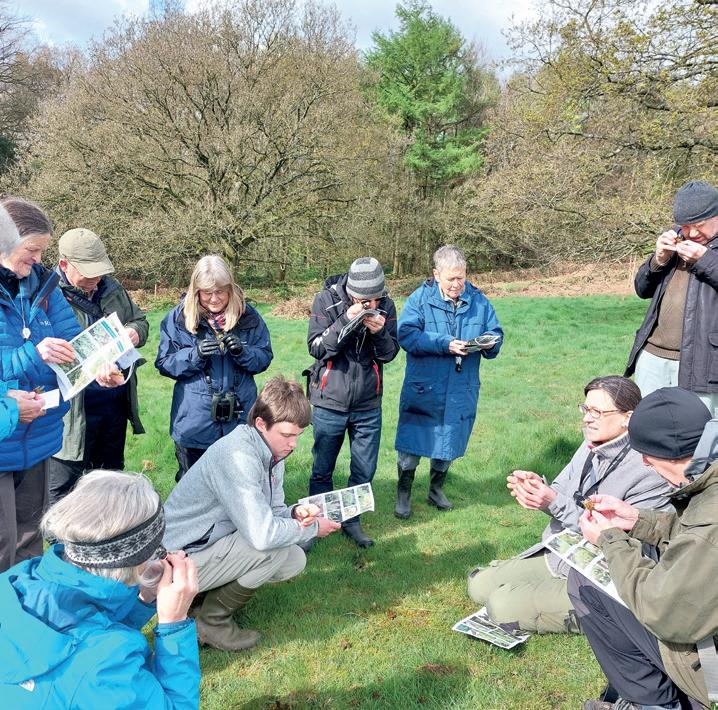
evaluation of data and evidence to identify the specific characteristics and priority opportunities for nature recovery in this strategically important area. Better grasslands
Meanwhile we continued to engage with Charnwood Forest Landowners through our Grasslands Project, part of the Charnwood Forest Landscape Partnership Scheme. Our work on 14 grassland sites between 2021 and 2024 has driven a positive step-change in their management, resulting in better overall grassland habitat locally.
National and local government policies can help speed nature’s recovery. The system of Local Nature Recovery Strategies (LNRS), set up under the Environment Act 2021, will play a vital role in ensuring greater attention is paid to biodiversity enhancement and nature recovery. The Trust is a key adviser on the Leicester, Leicestershire and Rutland LNRS Partnership, and the creation of a farreaching and ambitious strategy for Leicestershire and Rutland is making good progress.

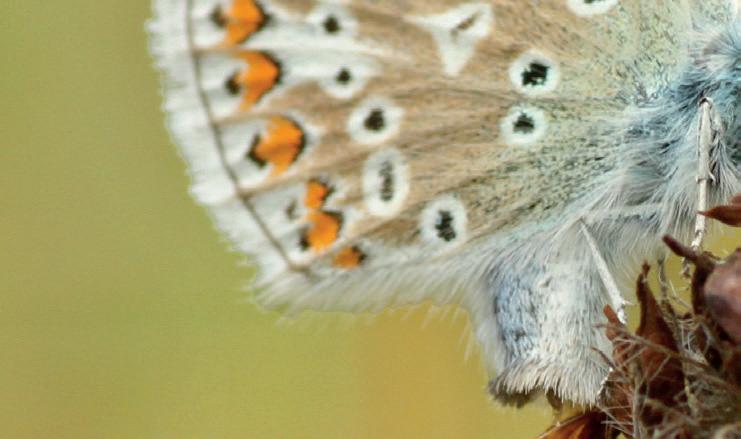


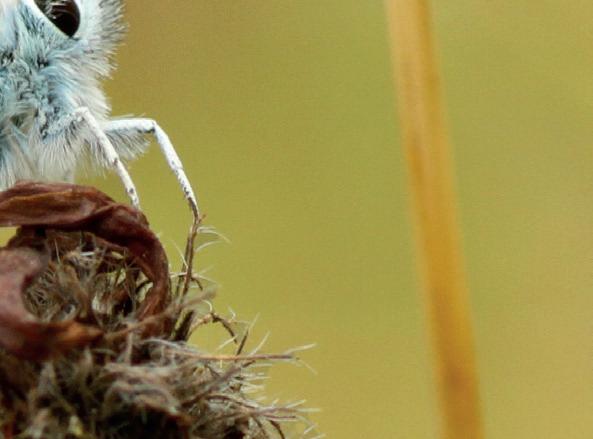




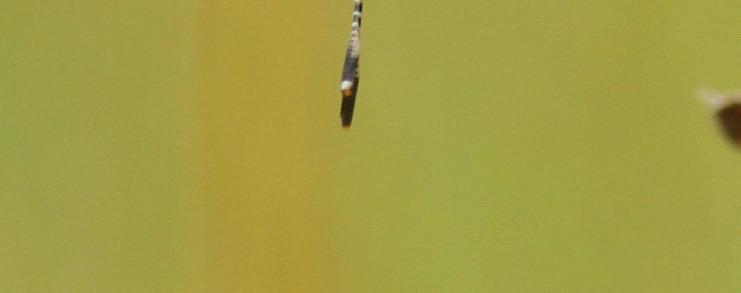
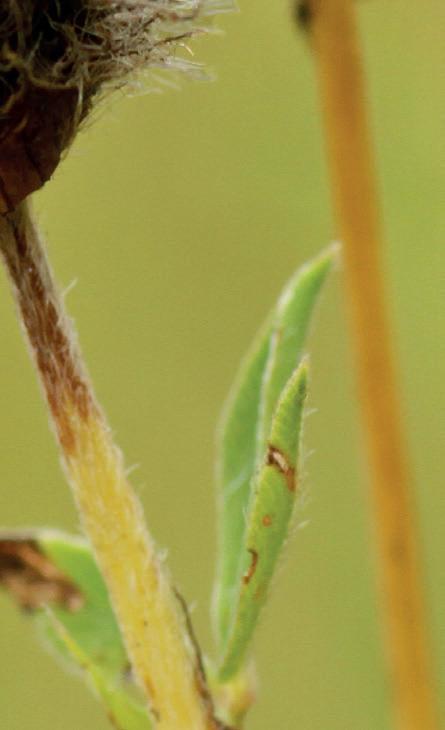
We care for 35 nature reserves covering 1,275 hectares. From woodland to meadows, wetland to heaths, these reserves protect an amazing diversity of wildlife, some rare and threatened. They also give people a chance to experience and learn about the rich variety of habitats that were once widespread. The year has seen a continued programme of work on our reserves to ensure they remain in optimum condition for nature to flourish. Whilst important in their own right, they also serve as species-rich reservoirs from which wildlife will spread out into the wider landscape as habitat improves.
Over the winter of 2023/24 a huge tree-planting exercise was carried out at the Holwell Reserves on land donated to the Trust in 2020. Through the generosity of the David Cock Foundation and the Forestry Commission through the England Woodland Creation Grant, we planted 13,300 native trees and smaller shrubs to create a mixed woodland. The planting includes rides and pathways to maximise the opportunities for ground flora and invertebrates.
Around 3,000 saplings were planted by community groups, local schools, the Holwell volunteer group, and the Trust’s volunteers. Strong, icy winds proved challenging, but the hard work paid off. The planting will be monitored to guarantee the saplings a good start in life.
At Rutland Water Nature Reserve there were further additions to the nature-rich habitats. A generous donation funded three new wildlife

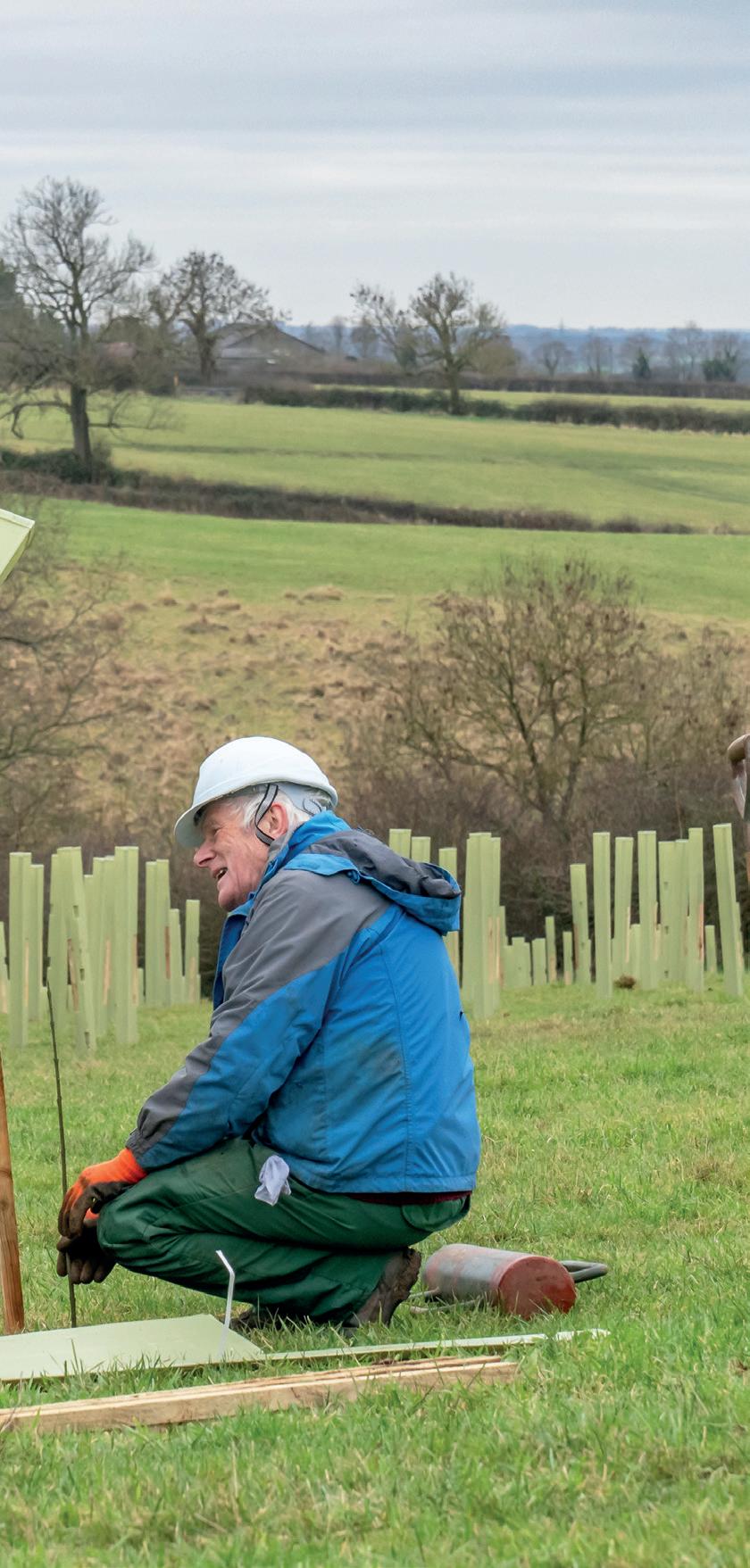
ponds, which have established well and are already home to 13 species of dragonfly and damselfly, newts, frogs, as well as water crickets – the first record of this species at Rutland Water! In addition, long-term member and butterfly recorder Alistair Lawrence kindly provided funding for the seeding of an additional 8,800 square metres of wildflower meadow. Species sown include field scabious and bird’s-foot trefoil, and since their establishment various notable insects have been seen, such as Willughby’s leafcutter bee, blue mason bee, and painted lady butterfly.
The Trust has an active programme to assess potential land acquisition opportunities and their funding. Much of this involves expanding our network of local partners, creating a community of interests working for nature in our counties.
During the year we were contacted by the Adler family who wished to donate land near Great Bowden in memory of their son,
James. This is a wonderfully thoughtful gift, and preliminary surveys of the site reveal a great deal of potential for enhancing its wildlife value.
At the year end the Trust was in the process of acquiring 2.4 hectares of land at Syston, which is being given to us by David Wilson Homes. The land comprises a further lake and woodland.
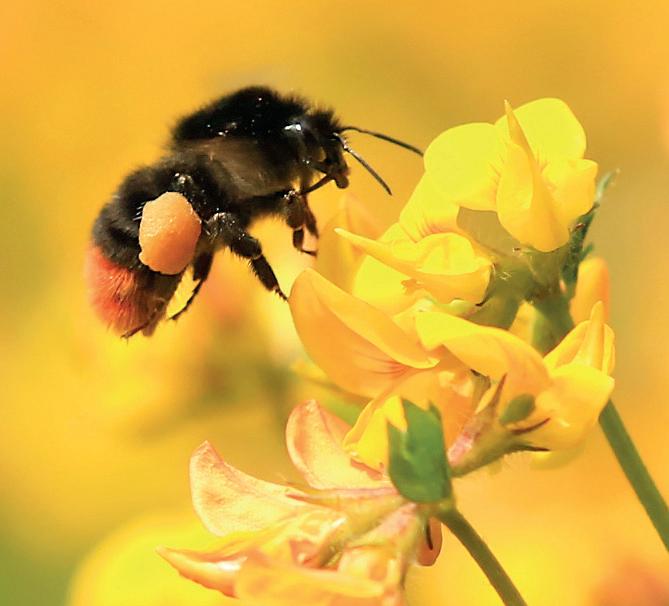

e monitor, study and survey the wildlife of our counties to identify special places and important species, to inform management and promote nature conservation, and to protect local biodiversity. Recording is carried out across our nature reserves by our staff teams, as well as by specialist volunteers, who continue to amass hugely valuable data about the condition of the wildlife found on our reserves. This work allows us to make clear assessments of the current condition of our nature reserve estate, so that we can make targeted plans for further enhancements.
This year launched our Water Vole Project having successfully secured a grant from Defra’s Species Survival Fund, administered by the Environment Agency (East Midlands). Initial work involved a scoping study and evidence gathering of the mammal’s status in Leicestershire and Rutland, together with field work to test out rapid assessment methods to determine its presence or absence. A water vole action plan, with costed works to help the spread of the species in the two counties, is now in place.
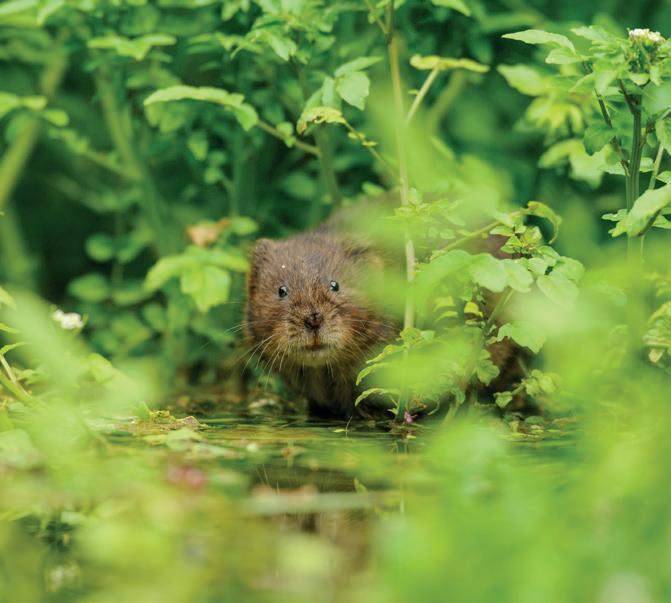
Surveys by volunteers at Rutland Water show that water voles continue to thrive there following their reintroduction almost 15 years ago. Keen to explore the presence of other small mammals on the reserve, volunteers began a project to monitor populations using specially modified trailcams. Camera traps were placed at various locations for two weeks and the resulting footage analysed. In all, 32 species of mammals, birds, invertebrates and even a grass snake were recorded, with common shrews, field voles and wood mice being the most numerous mammals. Water shrews were recorded at seven of the 11 locations – a surprise as they appear to be more widespread than was first thought.
Following donations from a range of local wildlife groups together with support from Anglian Water, we established a Motus station at Rutland Water Nature Reserve. The Motus Project is a collaborative global initiative to track the movements of birds and other small flying animals, including bats and even
hornets and butterflies. The project uses radio telemetry via a network of monitoring stations situated at key wildlife sites. It is hoped that the Motus station at Rutland Water, an internationally important site for overwintering waterfowl, will help us understand more about the movements of some of our more secretive winter visitors, such as the jack snipe. It will also enable us to monitor tagged animals from other projects across the country and beyond, including one of the UK’s only truly migratory species of bat, the Nathusius’ pipistrelle.
Breeding milestones
The year was a great success for the sand martins, with more than 1,200 chicks fledged from our artificial banks at Rutland Water.
Meanwhile our Osprey Project hit another milestone with 22 chicks fledging from 10 nests. This is equal to 2022’s results and the joint second highest number of chicks to fledge in the local area since the project began. This means that 253 chicks have fledged from Rutland since the first pair nested successfully in 2001 – an amazing achievement!
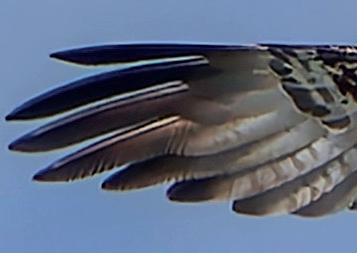
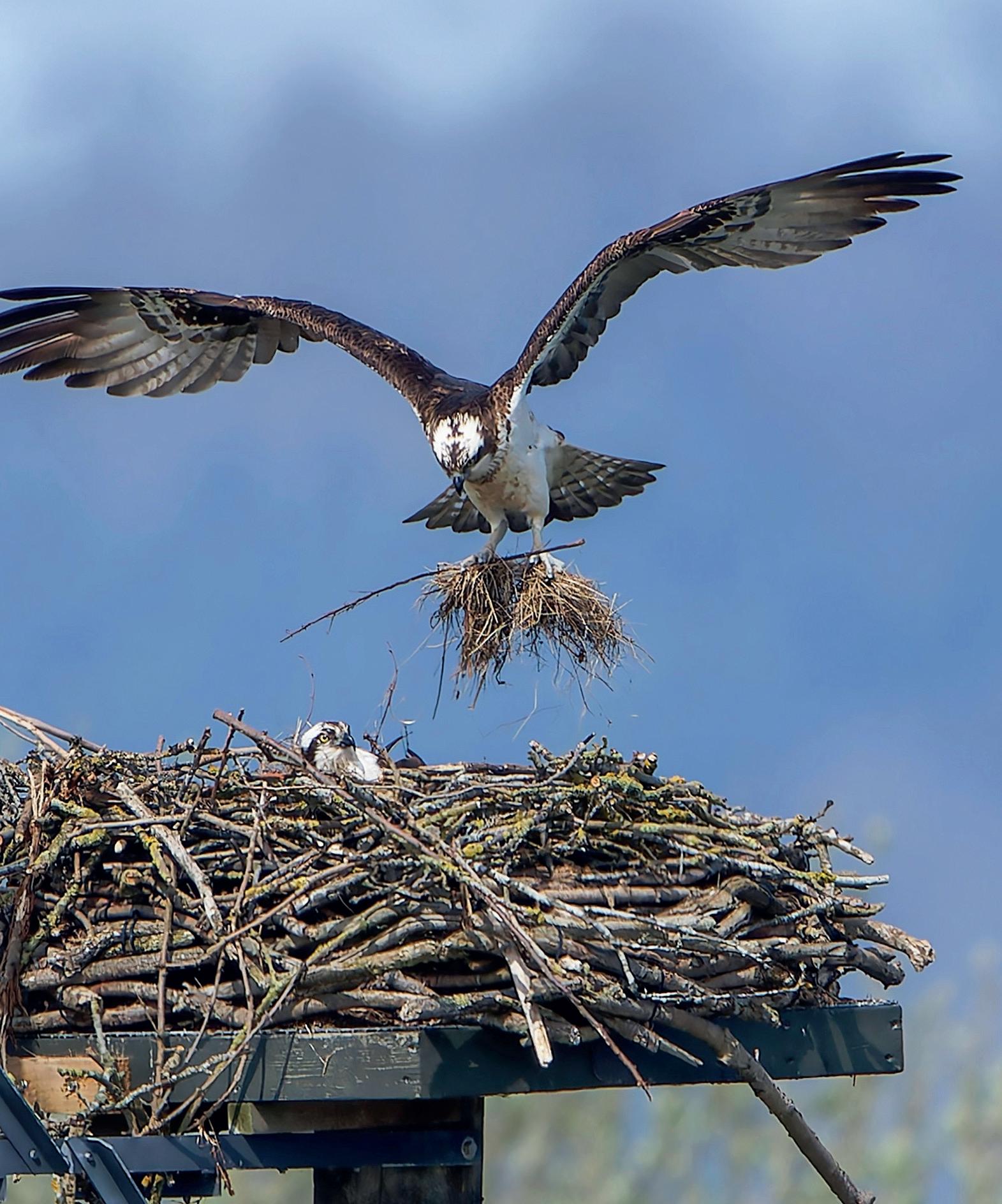
It’s been a busy year! Here’s a snapshot.


Access and fencing improvements made at Dimminsdale will enable more people to admire the snowdrops there.
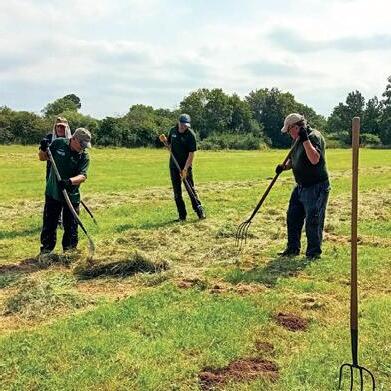
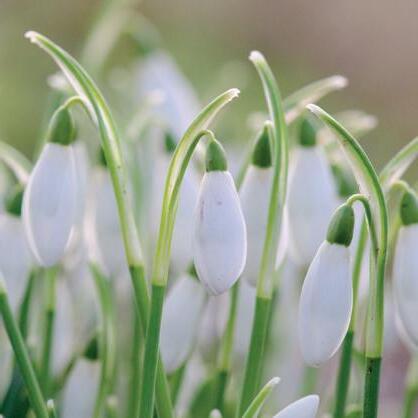
1,500 people were involved in our three-day environmental art exhibition as part of our Nextdoor Nature project.
14 grassland sites are included in the Charnwood Forest Landscape Partnership Scheme grasslands project.



Green hay was harvested from Loughborough Big Meadow to seed new wildflower meadows locally.

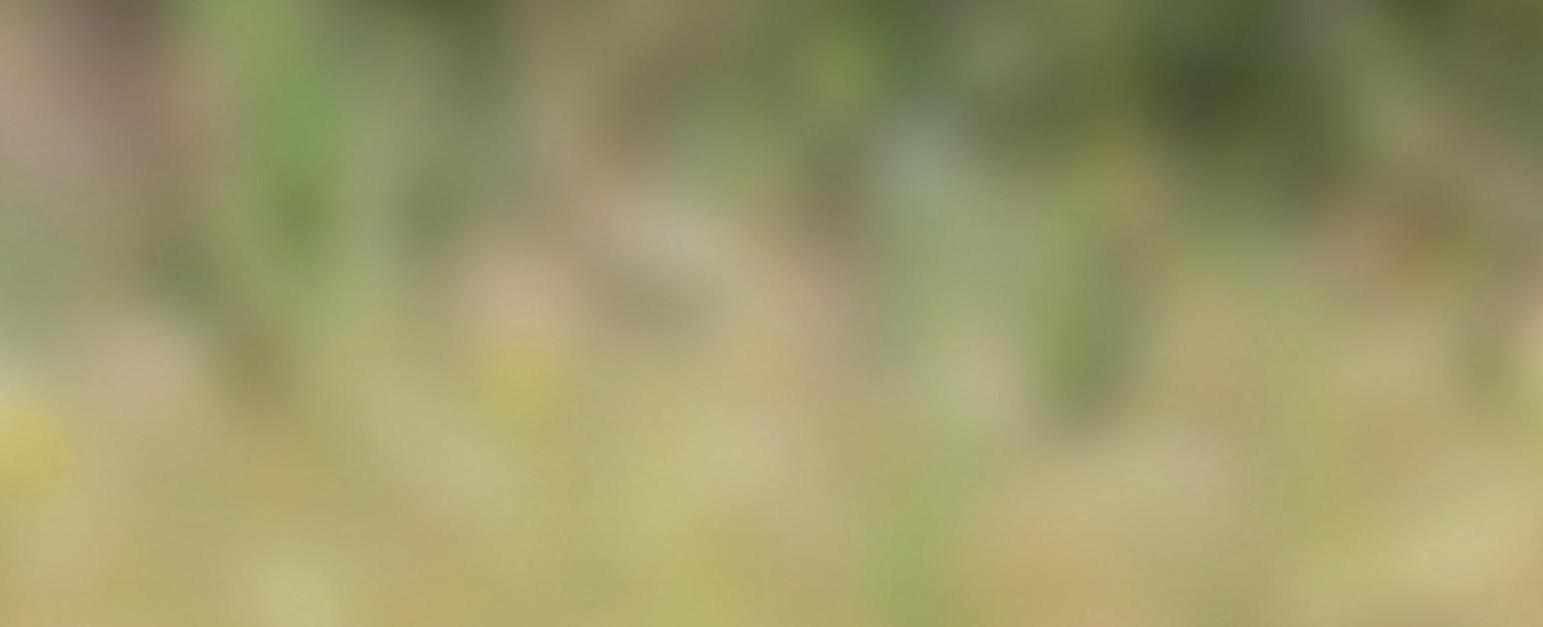
113 events across the Trust attracted more than
3,200 participants.

10 Wild Play sessions were run at Burbage Common, with more than 150 children taking part.
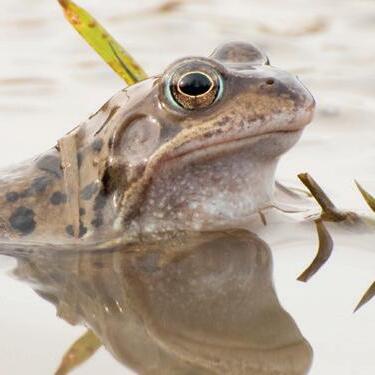










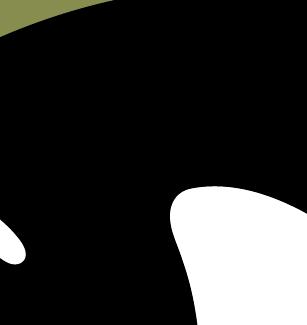











2 new ponds were installed at Lucas Marsh.
























13,300 trees were planted across six hectares at Holwell Reserves.
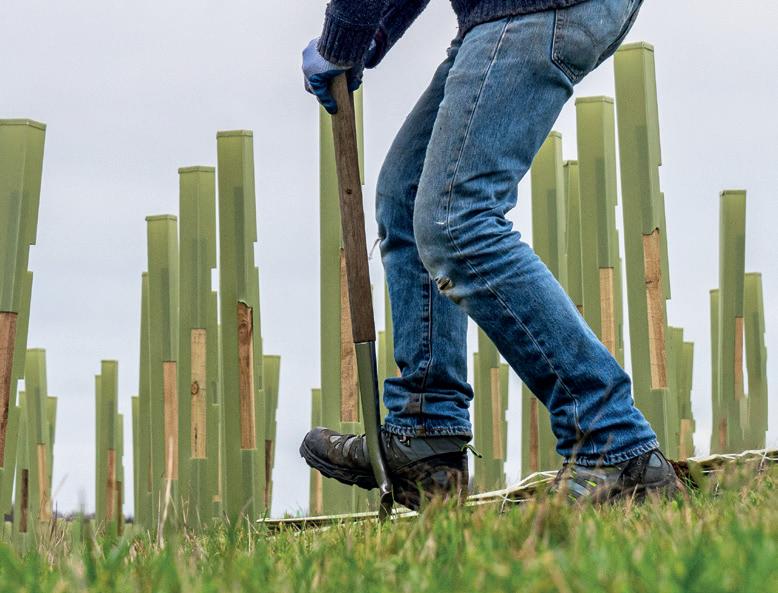
19,000+ green winged orchid spikes were counted at Merry’s Meadows.





















8,800m2 of wildflower meadows and three new wildlife ponds were created at Rutland Water Nature Reserve.
£150,000 raised via the Wild About Our Reserves Appeal will fund works such as new steps at Ketton Quarry, a tern raft at Cossington Meadows, and fencing repairs for grazing at Narborough Bog.
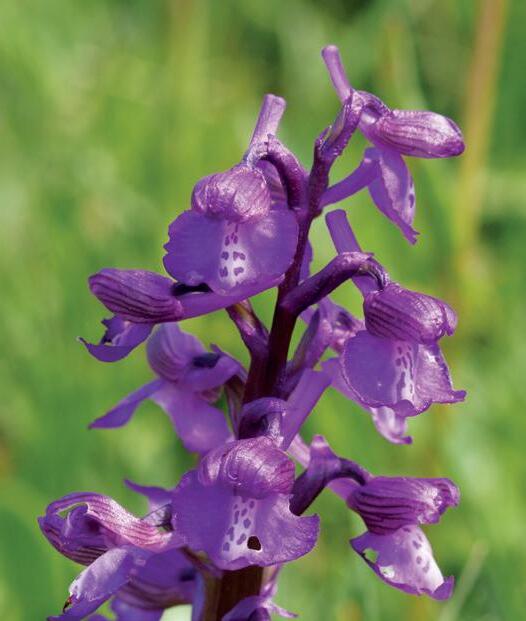
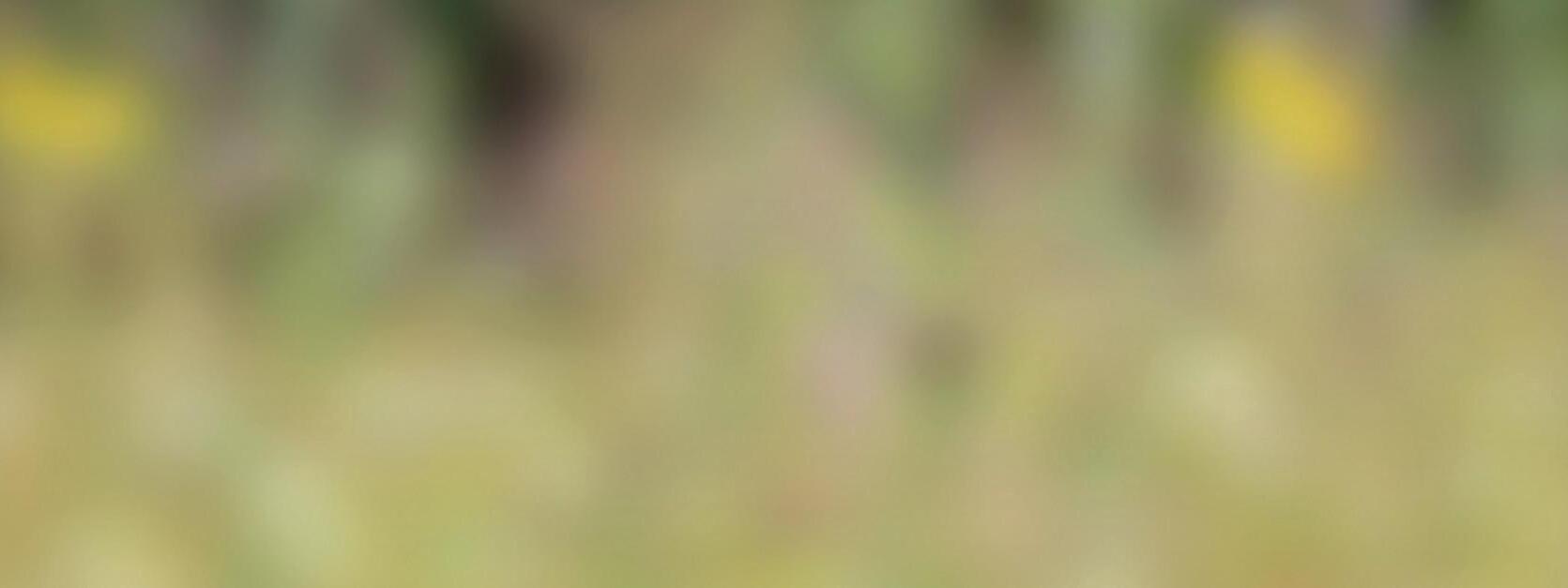
22 osprey chicks fledged from 10 nests in and around Rutland Water, including the 250th chick since the Rutland Osprey Project began.
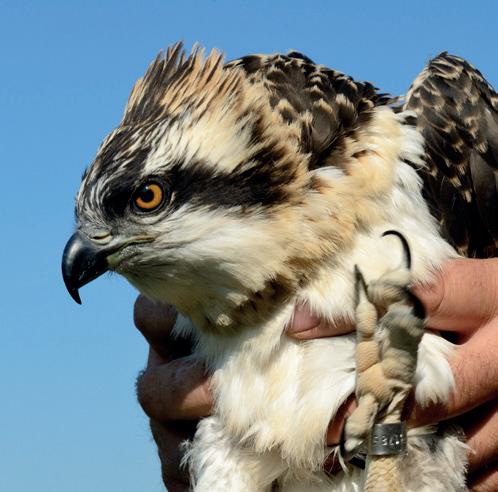
Everyone should experience fantastic wildlife and wild places. We provide this opportunity in Leicestershire and Rutland through our nature reserves, as well as our engagement and education work. This takes the form of numerous activities and events, volunteering opportunities, our visitor centres, and by working within our local communities. To secure the future of the natural world people need the chance to learn about and engage with it.

Inspiring the next generation
Educate the next generation and they will become tomorrow’s wildlife guardians. Our aspiration is to provide the opportunity for as many young people as possible to engage with nature.
Support from People’s Postcode Lottery, the Melton Building Society and Central England Cooperative Society enabled us to deliver our Forest School and Wild Tots programmes. We worked with five schools where we ran
40 sessions with 35 children, five home education groups representing more than 50 children, and three Wild Tots groups with over 40 toddlers. In total, 111 sessions were held, attracting 382 participants.
We partnered with Hinckley and Bosworth Borough Council to run a programme of 10 Wild Play sessions for families in the school holidays at Burbage Common, inspiring more than 150 children.
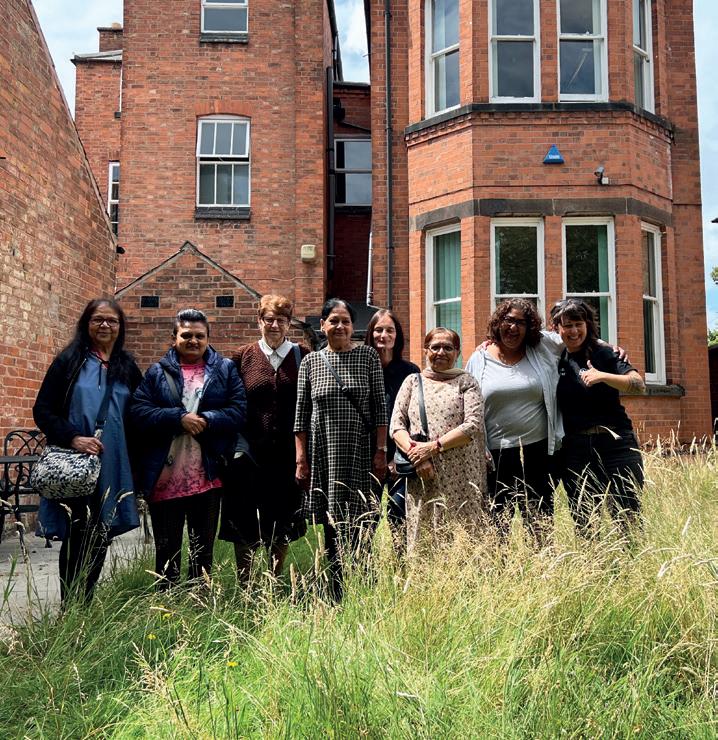
In December 2022 we launched our exciting Nextdoor Nature project in Leicester, working with people and partner organisations within the city to help them create wild green spaces where they live and work. This was part of a nationwide initiative funded by the National Lottery Heritage Fund.
Since then we have helped communities deliver three community garden projects for the people of Belgrave and Highfields, securing funding to provide essential resources. This year we hosted five urban botany walks across the city, three of which were part of Leicester City Council’s Walk Leicester Festival. We hosted a three-day environmental art exhibition in the Highcross Shopping Centre and saw some 1,500 people get involved in many different ways. The Trust engaged with Leicester College students
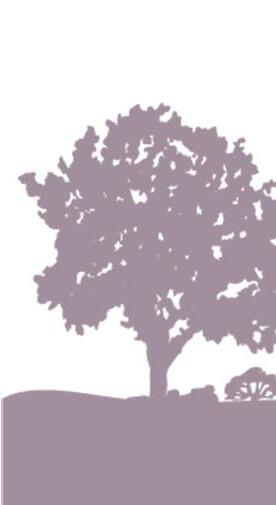
working towards a range of projects aimed at inspiring action for nature.
It is fair to say that Nextdoor Nature has been a resounding success, so we were delighted to obtain additional funding, facilitated by the Royal Society of Wildlife Trusts, to ensure this work continues into 2024/25.
We have also been working with Earthwatch Europe on a project empowering urban communities to explore how we might inspire people with environmental science. The project aims to focus on the voices of the community, to guide local councils and policy makers in building and managing urban greenspace that truly benefits people and nature. The Trust is one of several partners in this project, which is funded by the National Environment Research Council.
Our involvement stems directly from work originating in the Nextdoor Nature initiative.


Research shows that volunteering provides intrinsic benefits through improved health and wellbeing. It also enables the Trust to achieve even more for local wildlife. This is borne out by our amazing army of 650 volunteers who provide vital support by undertaking a wide range of tasks across all areas of the Trust’s activities and initiatives. Their skills and knowledge underpin our achievements and progress. We are truly grateful for all their help. In all, we estimate more than 23,000 volunteer hours were given across all of the Trust’s work during the year.

“I enjoy getting to meet people and catch up, seeing a lot of wildlife that I rarely see or had never seen before, as well as getting more experience and help the environment in any way I can.”
Abbey Clarke
“I’ve made many friends and more than anything else thoroughly enjoyed giving over 400 hours a year to such a lovely place. I never tire of hearing comments like ‘what a lovely place’ and ‘I didn’t know that’.”
Jeff
Davies

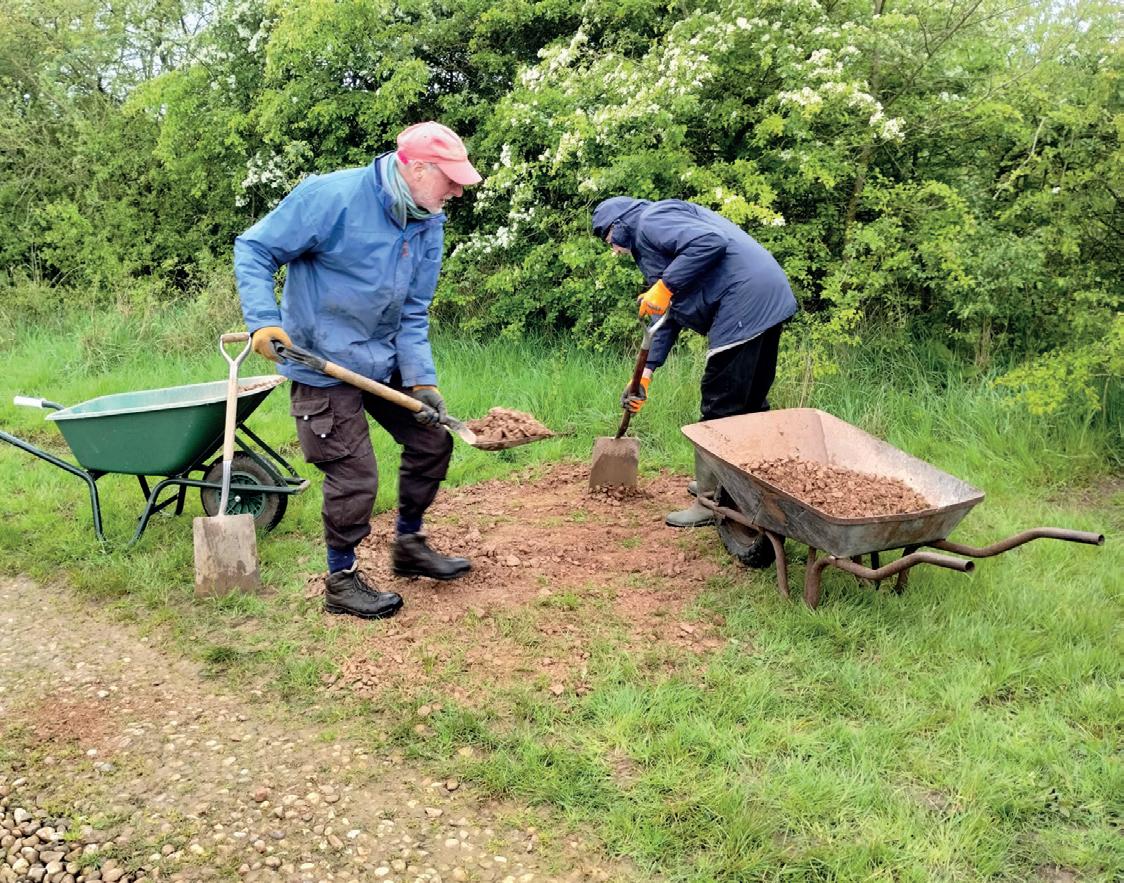
“One of the most enjoyable things about volunteering is seeing people’s amazement and wonder at the variety of plants growing ‘on their doorsteps’. We believe that if people learn to see and name their wild plant neighbours it will help them feel more connected to their environment.”
Lindsay-Anne Heald and Russell Parry
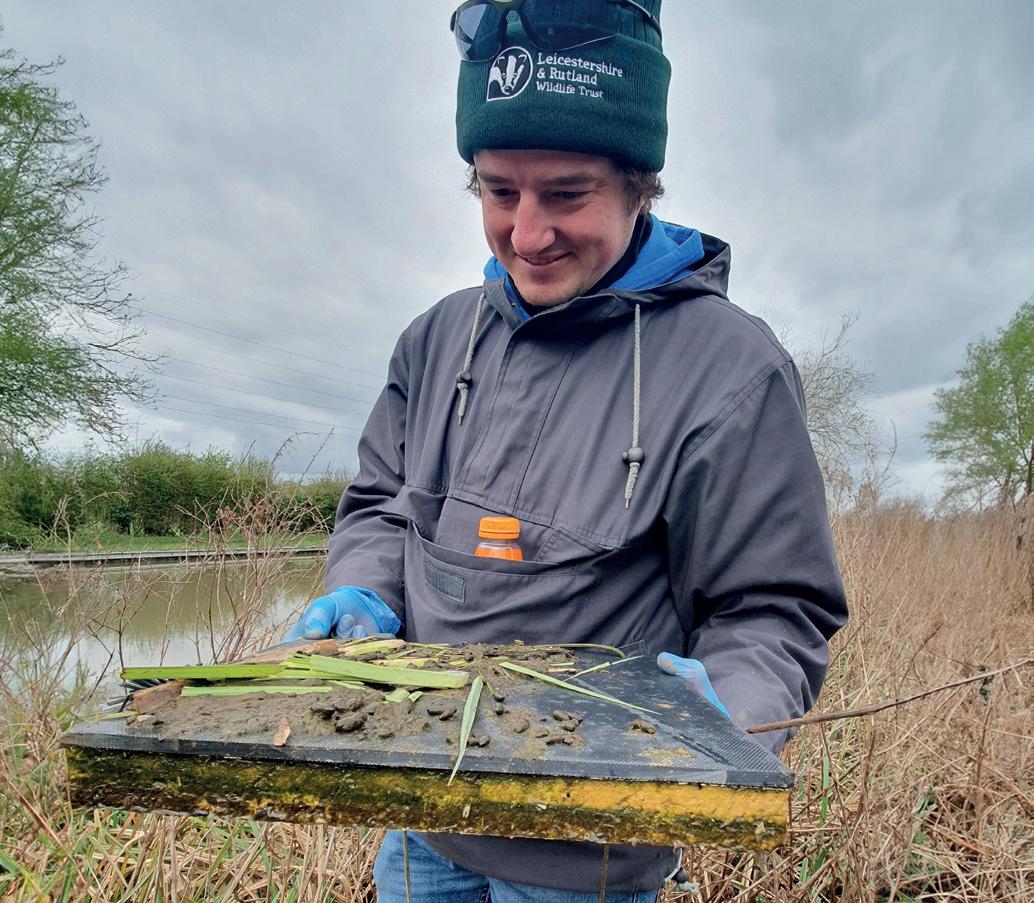
“I get a lot of pleasure interacting with the visitors and chatting about all sorts of things wildlife related, but the biggest buzz I get is when young children are in the hide and they see an osprey for the first time. They utter a great ‘wow’ and then you know they’ve seen the majestic osprey!”
Alan Herbert
“Having now visited nearly every reserve and volunteered in all months of the year, I’ve been able to appreciate not only the remarkable mosaic of wild places and wildlife that make up Leicestershire and Rutland, but how the Trust works to both preserve and evolve these things.”
Finn Miskin-Young
Bringing nature back in Leicestershire and Rutland requires everyone to work together. We are extremely grateful to all those who share our vision, helping us to save endangered species, stand up for wild places, and bring people closer to nature.
Our membership continues to increase, reaching more than 19,000 members as at 31st March 2024. Many supporters also give so kindly to our appeals or through donations and gifts during the year.
We are delighted with the support we receive from partner organisations, charitable trusts, grant-giving bodies and businesses who help us achieve our goals. This invaluable support gives us the resources to achieve even more.
Volunteers are crucial to the work of the Trust, giving their time so freely and bringing considerable expertise and enthusiasm to a wide range of activities
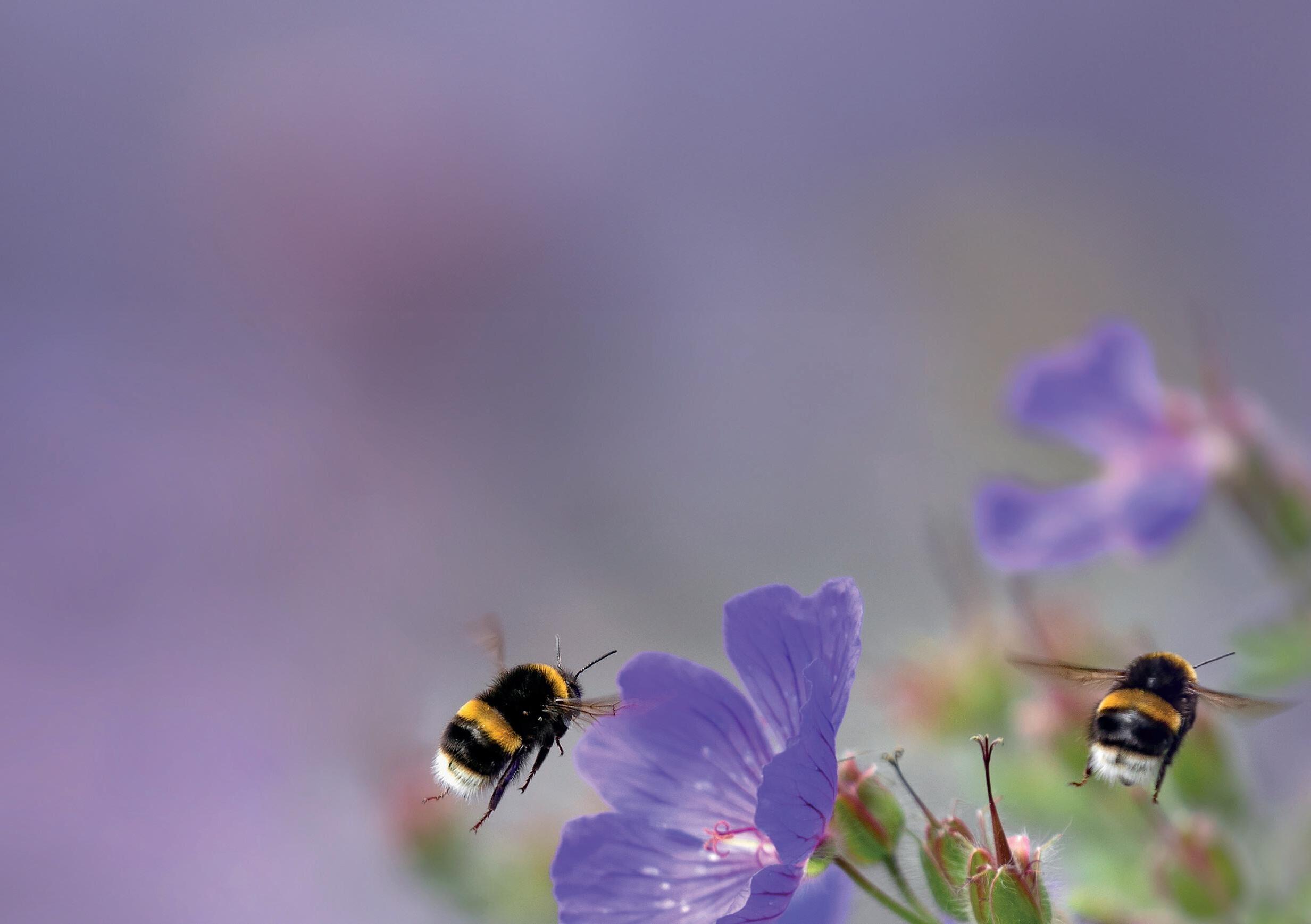
and roles. Discover how you too can join in at
lrwt.org.uk/volunteer
Our network of Local Groups represents us and the wildlife of Leicestershire and Rutland in their communities. They organise activities and talks, giving more people the chance to learn about local wildlife and our work. Discover more at lrwt.org.uk/local-groups
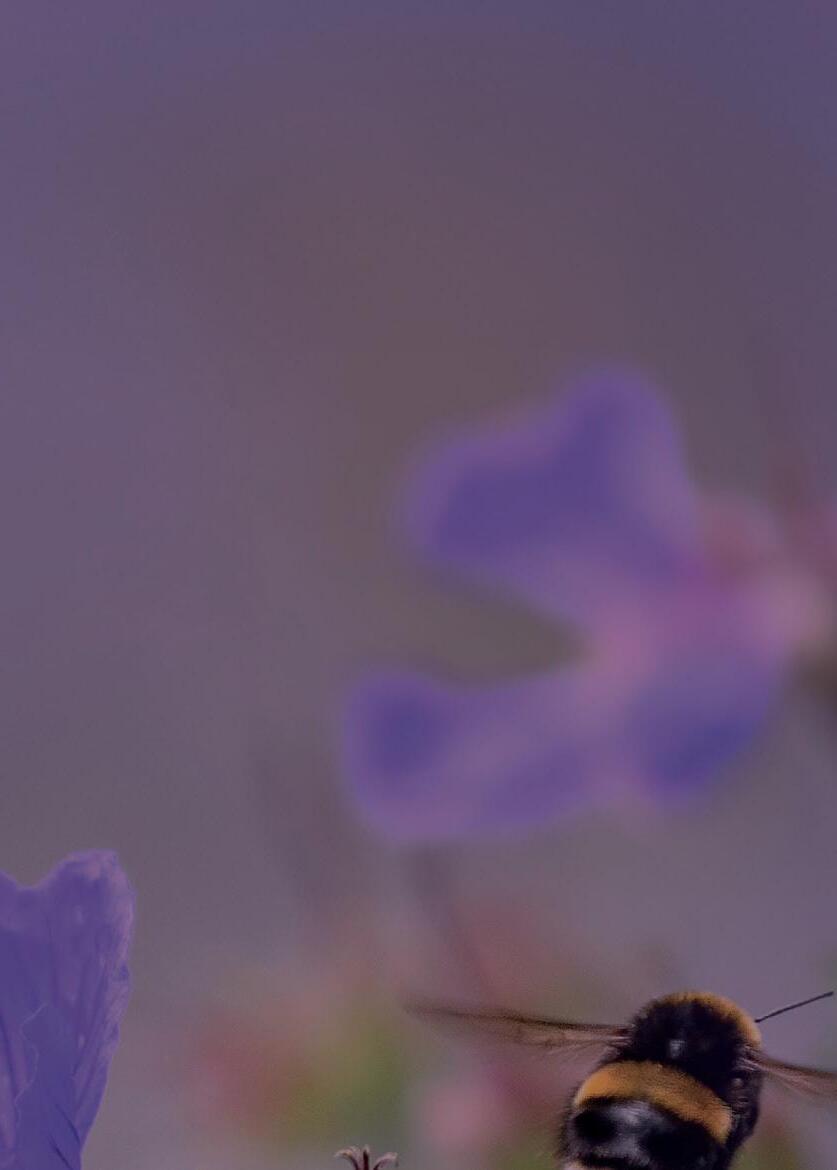
We are especially grateful for the generosity of supporters who have remembered the Trust in their Wills, and particularly in the last year the late Mr Stephen Randall, Ms Dawn Mallagh, Mrs Kathleen Brown, Mrs Jean Lowther, Mrs Marjorie Rudd, Mrs Patricia Homer, and Mr Alan Harvey-Brown.
Thank you too to the friends and families who donated in memory of their loved ones. Legacies and In Memoriam donations contribute so much to our nature recovery work.
Your support helps future generations to look after nature. Including a gift to the Trust in your Will ensures we can continue to protect threatened species and the wild places that you love. To find out more about leaving a gift in your Will, go to lrwt.org.uk/legacy or contact Jo Brailsford-Finnis on 0116 262 9968 or jbrailsford-finnis@lrwt.org.uk

We work with a wide range partners, stakeholders, grant funders and local authorities who share our vision.
Grants and trusts
• Central England Co-operative
• David Cock Foundation
• Leicestershire and Rutland
Community Foundation
• National Lottery Heritage Fund
• The Ernest Cook Trust
• The Rutland Trust
Companies
• Anglian Water
• CR Civil Engineering
• David Wilson Homes
• Easy Fundraising
• Hastings Direct
• Heidelberg Materials
• PayPal
• Redrow Homes East Midlands
• Severn Trent Water
• Vine House Farm
Corporate members
• CME Jewellery
• Edwards & Edwards Consultancy
• J P D Contracts
• Melton Building Society
• Which Way Financial Solutions
Community groups & other organisations
• Age UK
• Air Wick Botanica
• Botanical Society of Britain and Ireland
• Butterfly Conservation East Midlands
• Canal and Rivers Trust
• Charnwood Forest Regional Park
Landscape Partnership Scheme
• Defra
• East Mercia Rivers Trust
• Environment Agency
• Friends of Charnwood Forest
• Game & Wildlife Conservation Trust
• Greener Golf Group
• Leicestershire and Rutland
Badger Group
• Leicestershire and Rutland
Bat Group
• Leicestershire and Rutland
Mammal Group
• Leicestershire and Rutland
Swift Partnership
• Loughborough Naturalists’ Club
• National Forest Company
• Natural England
• NatureSpot
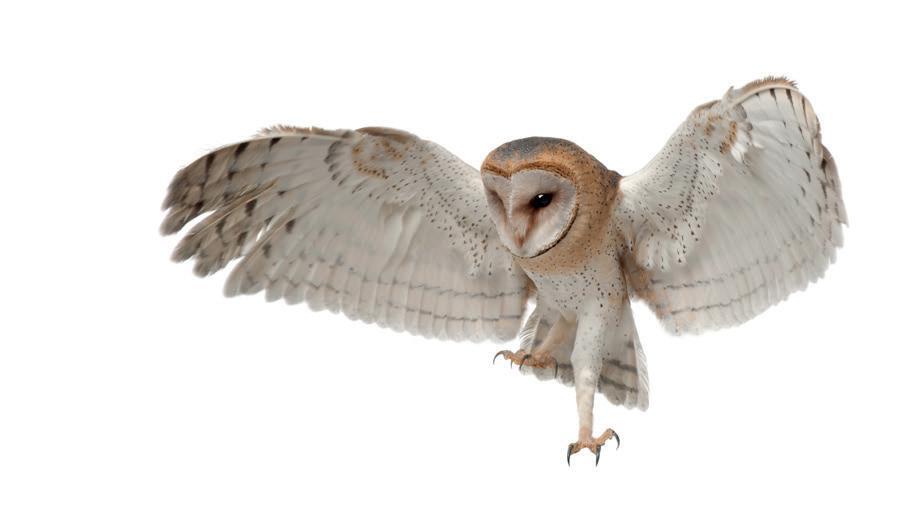
• Nottingham Trent University
• Royal Society of Wildlife Trusts
• Rutland Natural History Society
• Soar Catchment Partnership
• South Highfields Neighbours
• The Green Place
• The Wild Flower Society
• Trent Rivers Trust
• Twycross Zoo
• University of Leicester
• University of Loughborough
• University of Nottingham
• Wreake Catchment Nature
Recovery Network
• WWF
Local authorities
• Blaby District Council
• Charnwood Borough Council
• Harborough District Council
• Hinckley and Bosworth
Borough Council
• Leicester City Council
• Leicestershire County Council
• North West Leicestershire District Council
• Oadby & Wigston Borough Council
• Rutland County Council
Other sponsors
• Zeiss
Nextdoor Nature
• Belgrave Community Garden (community group)
• Belgrave Neighbourhood Co-operative Housing Association
• Co-op
• Earthwatch Europe
• Insecta Collective CIC
• Leicester City Council

• Leicester College
• Loughborough Men and Women
in Sheds, Age UK
• Sensational Vibes (community group)
• StreetWild (community group)
• WildWater Ponds
Get your business involved too. Visit lrwt.org.uk/corporate
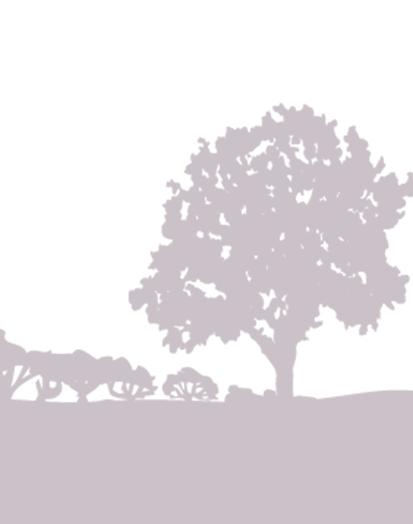





The year was mixed from a finance perspective. Membership income rose 11% and grant income rose by 31%. However, legacy income was down at roughly 50% of the five-year average, but this income is always variable by its very nature. Normal ongoing expenditure rose by almost 4% largely due to inflation on salaries and other running costs.

The Trust participates in the defined benefit section of the Wildlife Trusts Pension Scheme, a multi-employer scheme which is now closed. Unfortunately, there has been a change in the estimate of Scheme liabilities which all the participating Trusts must bear, and our share of this has meant we have had to make a provision of £257,000 in the accounts this year. This liability will become due from April 2025 and payments will be spread over the following six years, making the cashflows more manageable.



The Trust’s unrestricted financial reserves remain significantly above the level set to ensure that the Trust can continue to operate day-today without any concern for its long-term prospects. Nevertheless, continuing to grow our membership and other income streams remains a priority.


Financial figures are taken from the statutory accounts of Leicestershire and Rutland Wildlife Trust for the year ended 31st March 2024. The full accounts can be found at lrwt.org.uk/AGM
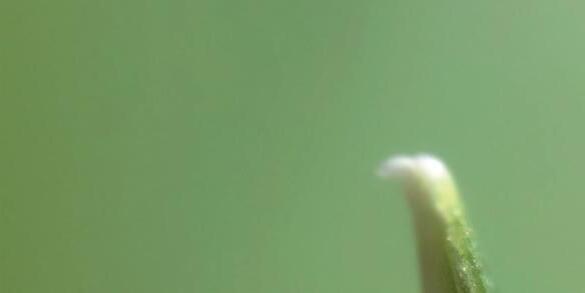







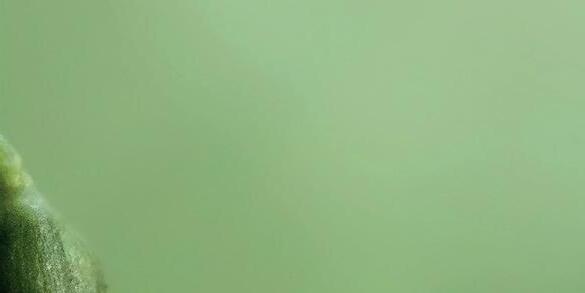
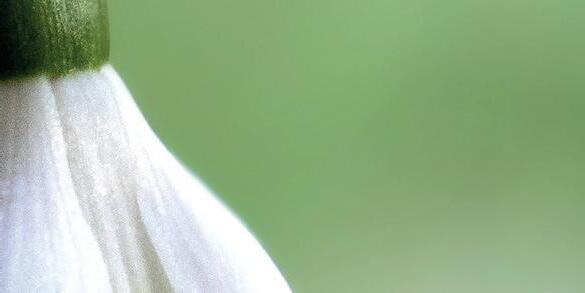

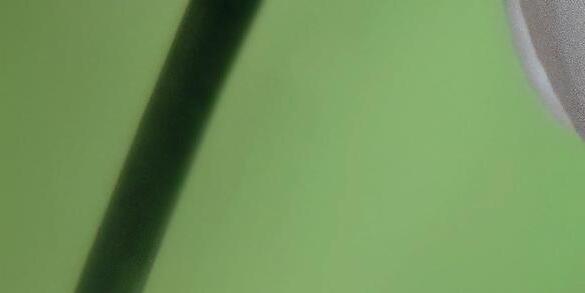

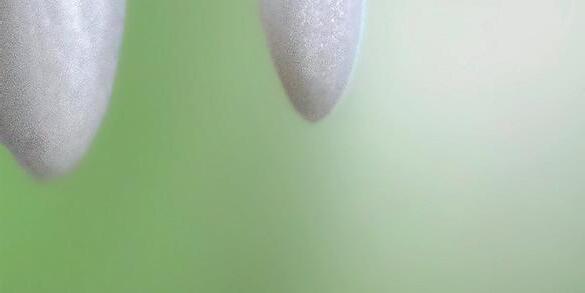







Income 2023-24
Fundraising
To strengthen the Trust’s performance, including our governance, infrastructure and supporter relationships, we started various initiatives during the year, which will continue to be developed throughout 2024/25. We are upgrading our ability to use our CRM (Customer Relationship Management) system to ensure that we deliver an even better service. Meanwhile, to engage our members more closely with our work, we are running more special events for members and other supporters. This will include our first Members’ Weekend in November 2024. We have also increased email communications with supporters of all kinds, to keep people up to speed with our work. Our social media activities and communication strategy is progressing apace. This is proving extremely important in expanding our profile. Building on significant work carried out in 2023/24, the Trust will continue to deliver its planned programme of strengthening its IT capabilities and security.
The Trust is currently carrying out a full governance review, involving Trustees and staff, to ensure our policies and processes can enable an efficient delivery of our 2030 Strategy. A programme of Trustee recruitment has also been developed.
Throughout our work to deliver our Strategy, the Trust works closely within The Wildlife Trust movement in delivering the national 2030 Strategy. Our aim is to ensure that our Trust plays a full part in delivering the local element of that national effort. This work will continue over the coming year.

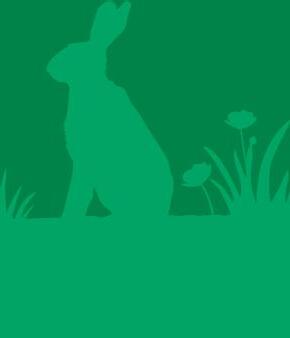

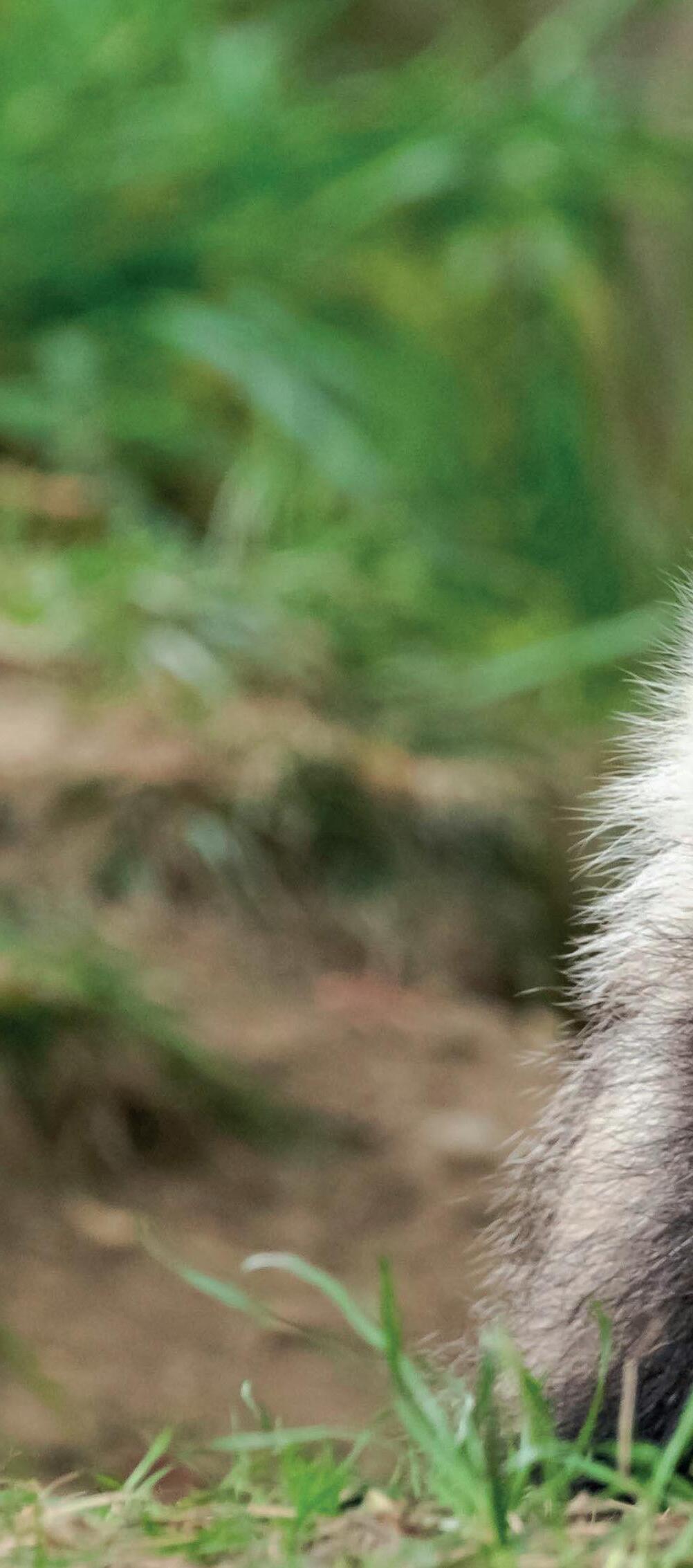
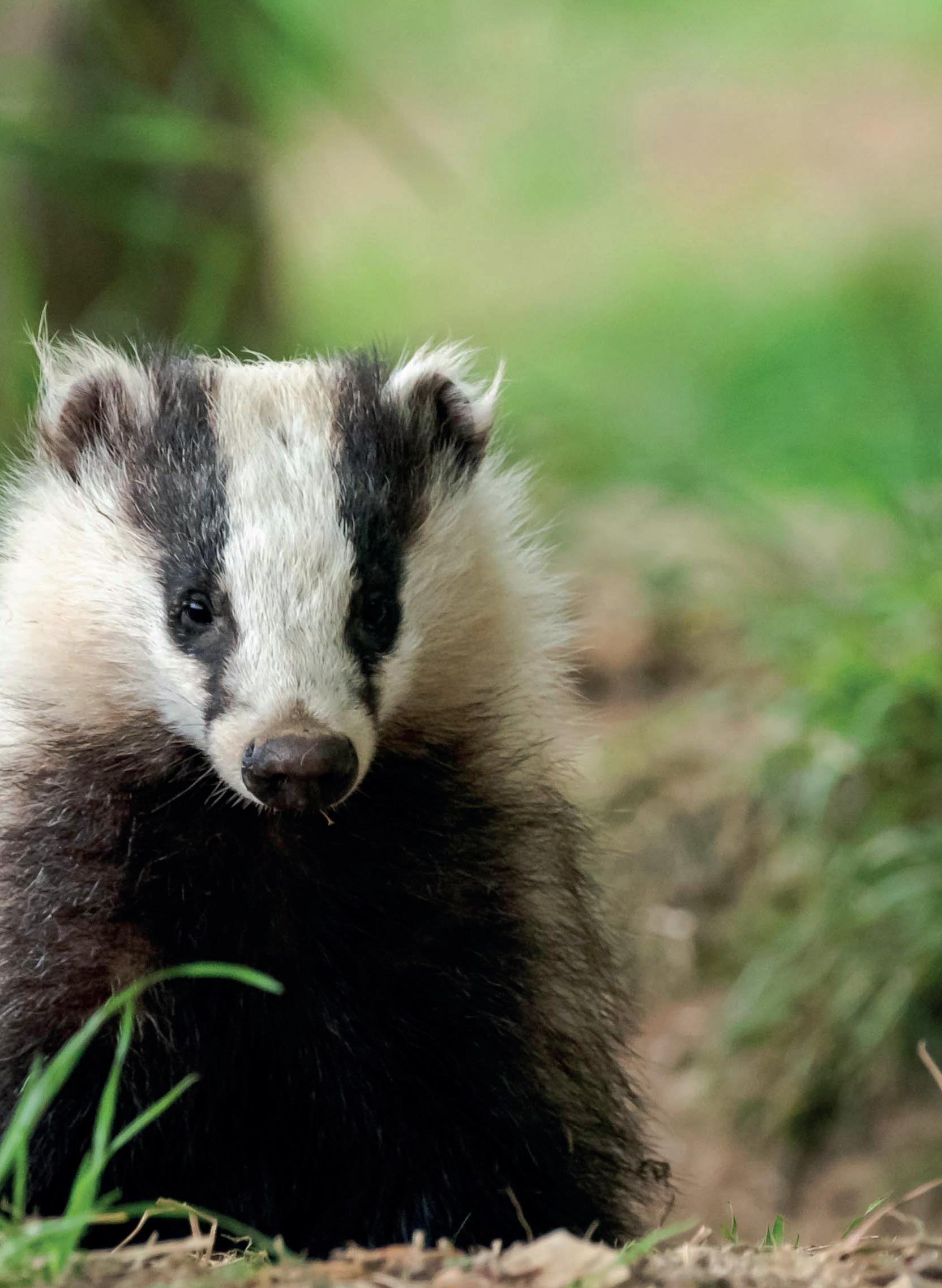
Leicestershire and Rutland Wildlife Trust is managed by a Council of Trustees, who are elected from its members. The Trustees oversee governance and the Trust’s strategic direction. All Trustees are listed with their skills and expertise on our ‘How we are run’ webpage at lrwt.org.uk/how-we-are-run
Council of Trustees
Ann Tomlinson (Chair)
Bob Bearne (Vice Chair)
Peter Williams
(Honorary Secretary)
Andrew Thorpe
(Honorary Treasurer)
Anthony Biddle
Andrew Moffat
Helen Nott
Silviu Petrovan
Abigail Wilkin
President
Sir David Attenborough OM, CH, CVO, CBE, FRS
Patrons
Lady Gretton DCVO, JP
Sir Lawrence Howard KVCVO, OBE
Vice President
Peter Ward MA, LLB
The full Trustees’ Report for the year can be found at lrwt.org.uk/AGM

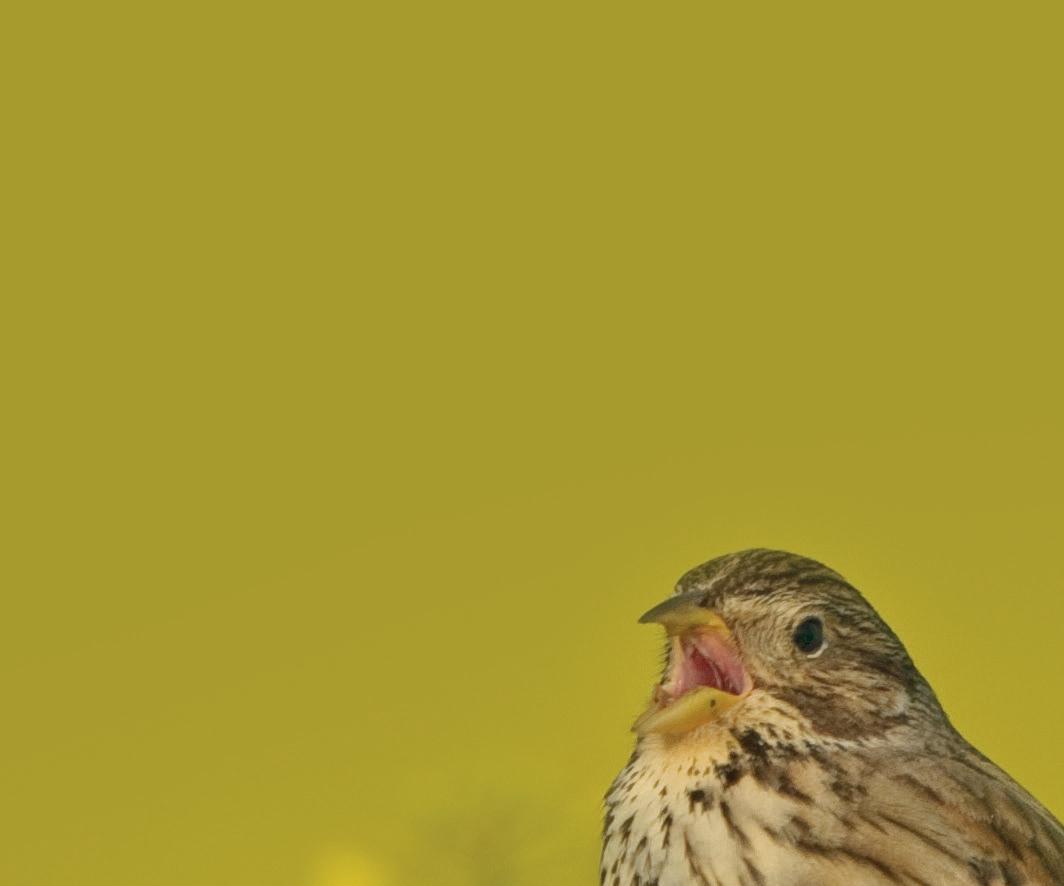
As always, we are extremely grateful to you – our members, staff, volunteers, donors, Local Groups, partners, funders and supporters of all kinds – for your commitment to helping nature’s recovery. Your continued generosity, support and dedication is crucial in helping to create a wilder Leicestershire and Rutland for the benefit of wildlife, nature and people. Thank you.


